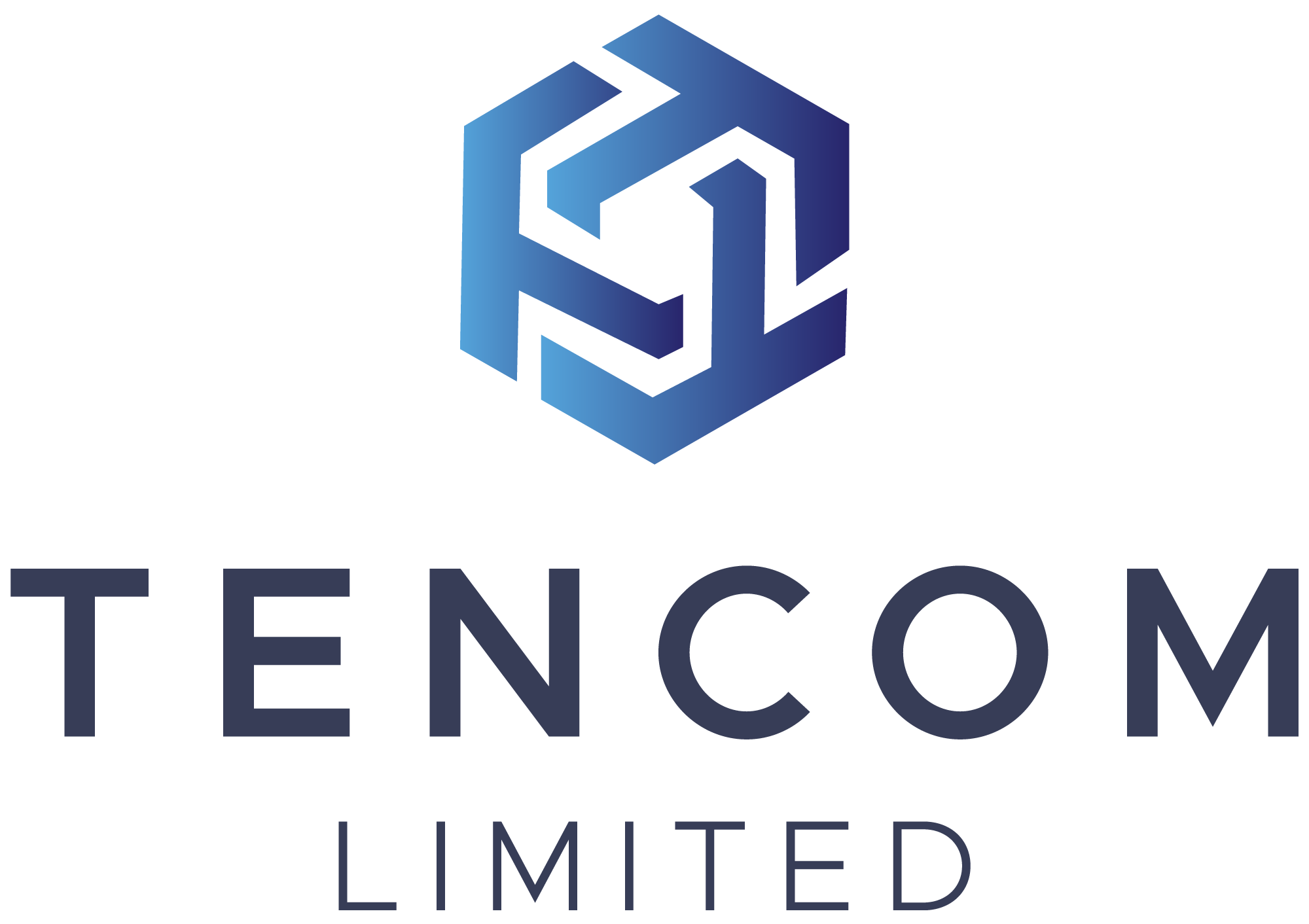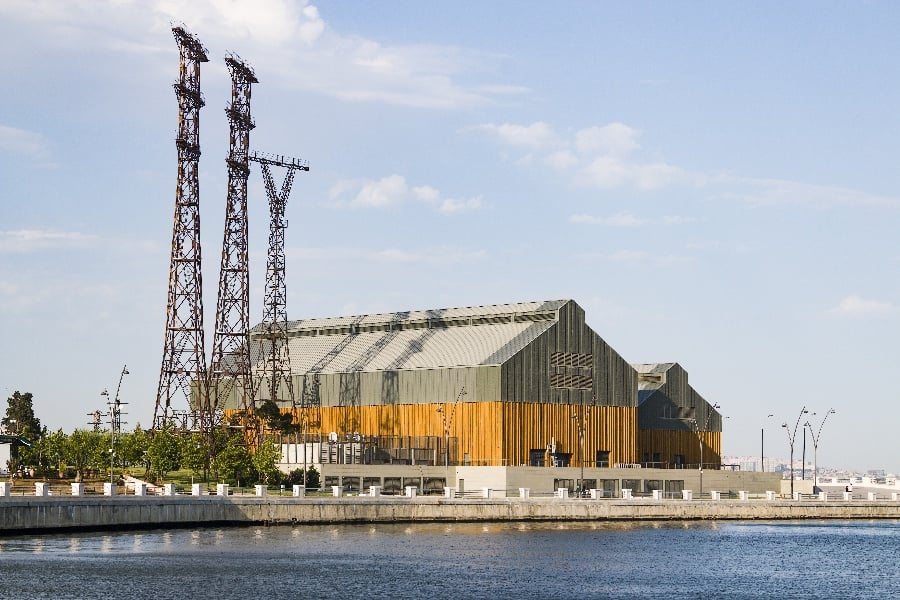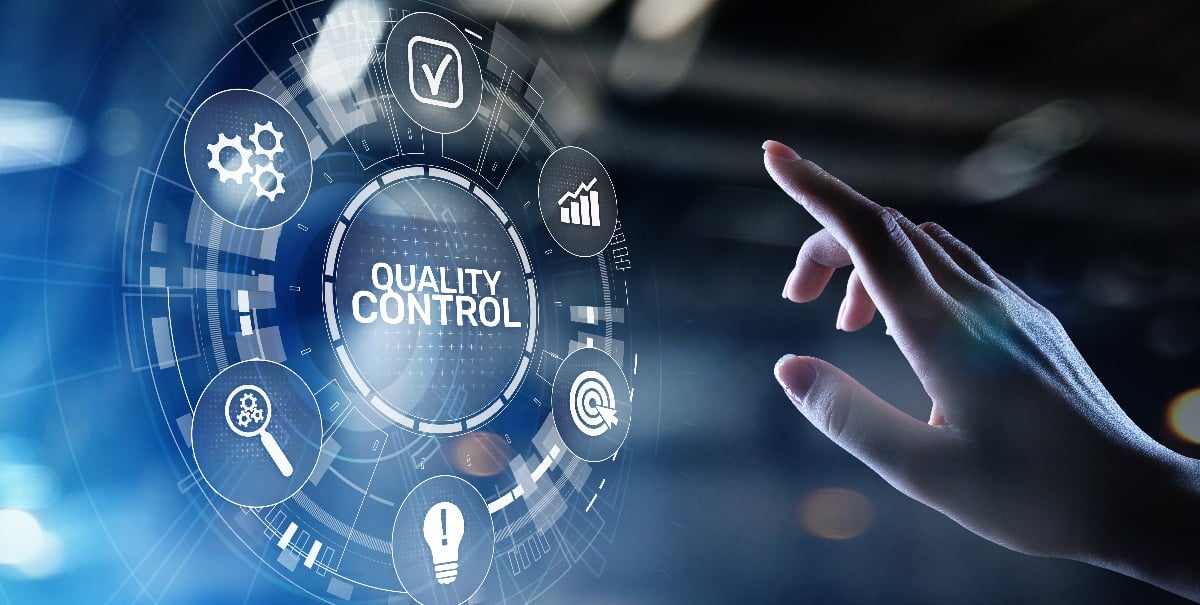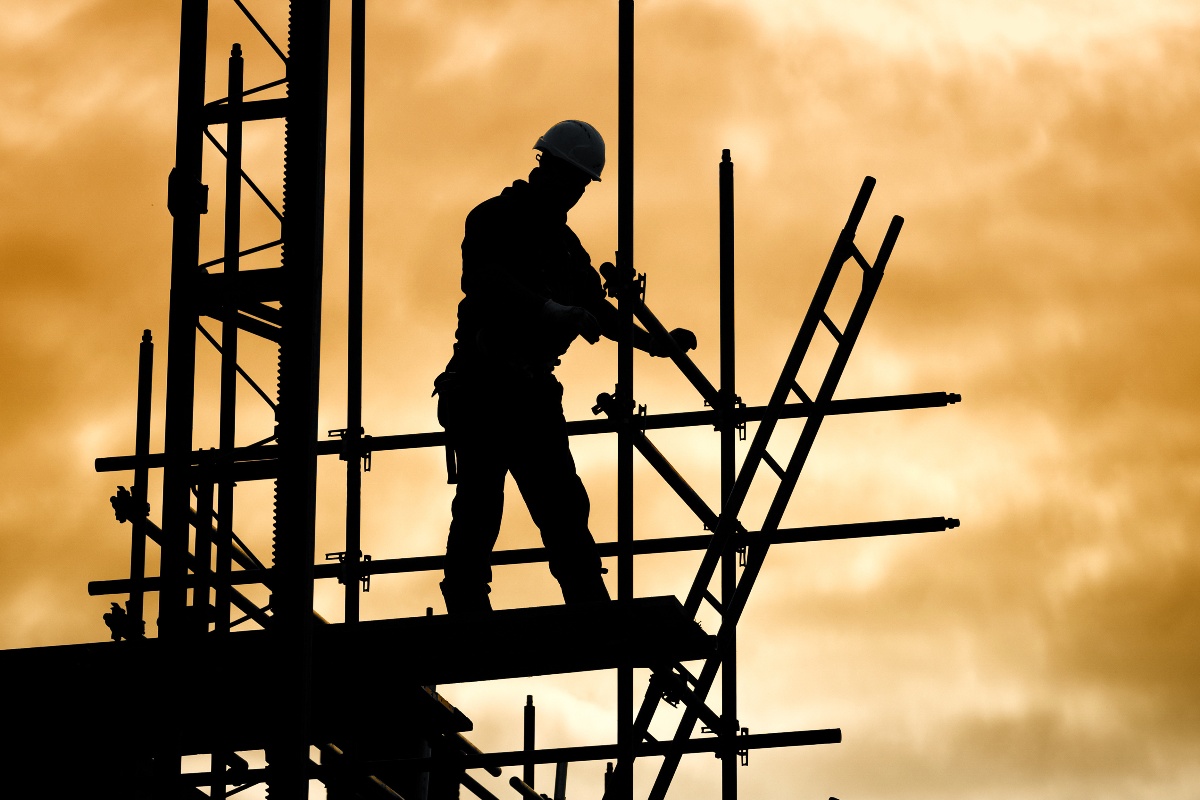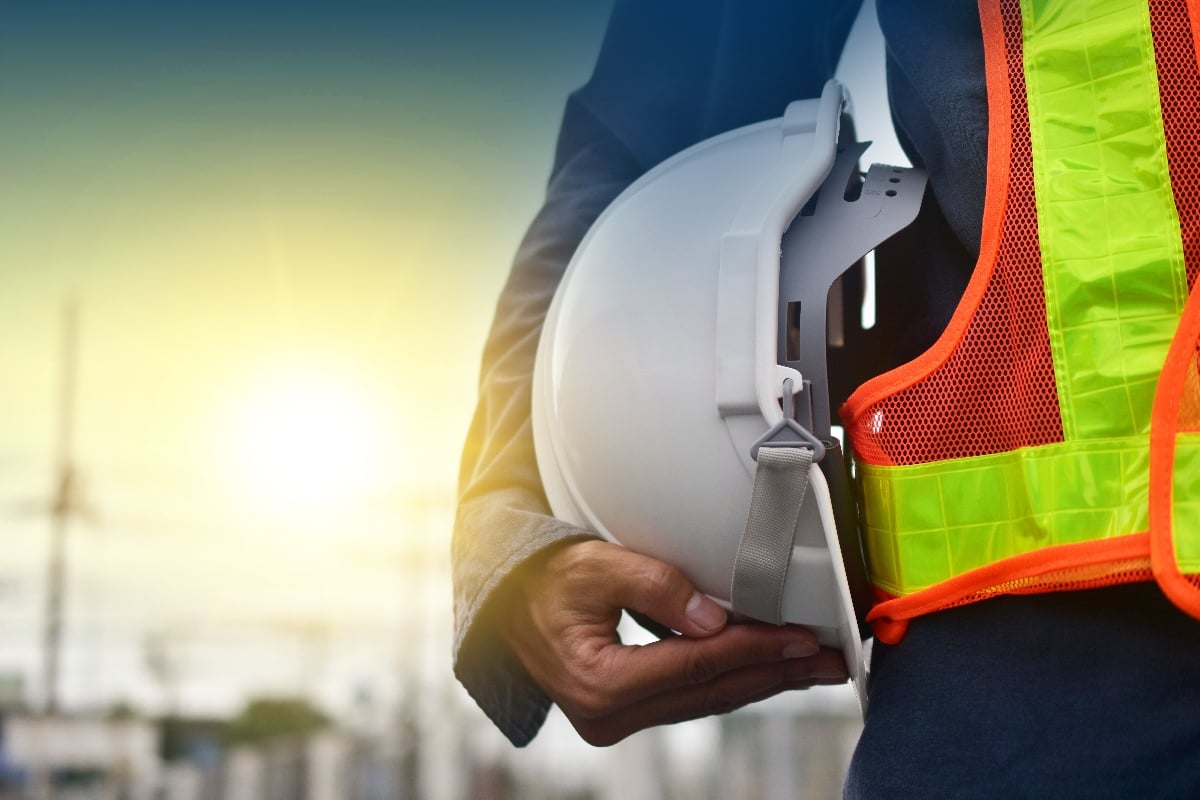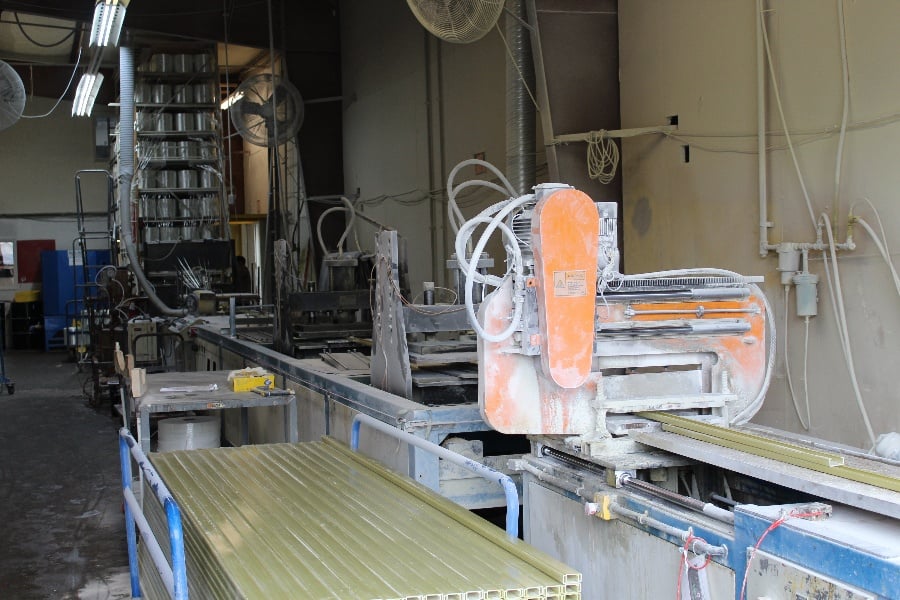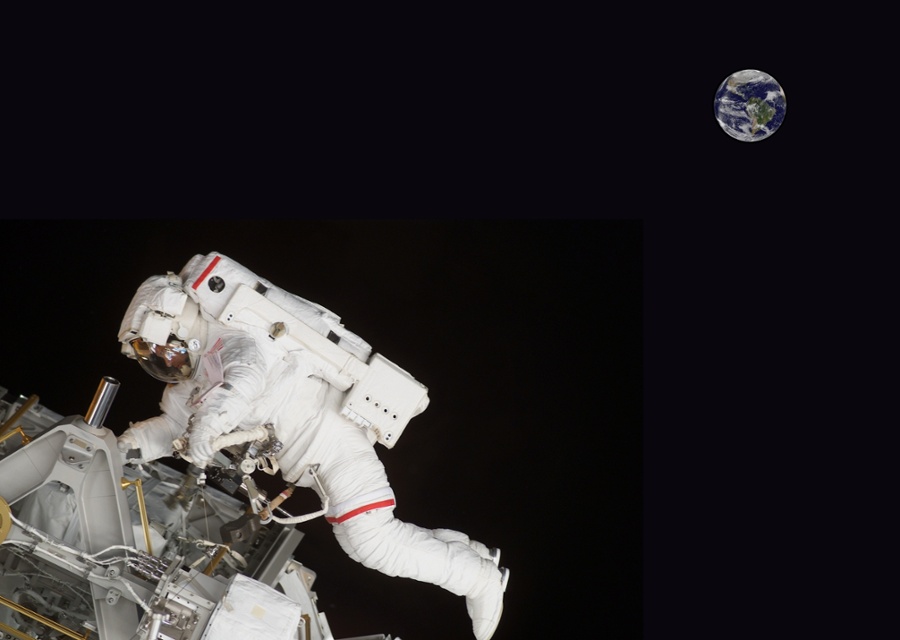
In industries ranging from construction to marine to infrastructure, safety is a top priority. Choosing the right materials can significantly reduce workplace hazards and enhance public safety. Pultruded fiberglass products, manufactured through a continuous process that combines fibers and resin into firm, lightweight profiles, offer unique safety advantages over traditional materials like steel, aluminum, or wood.
Below, we explore the key safety benefits of pultruded fiberglass and why it’s a smart choice for safety-conscious projects.
1. Non-Conductive Properties for Electrical Safety
One of the standout safety features of pultruded fiberglass is its non-conductive nature. Unlike metals, fiberglass does not conduct electricity, yet has the strength and integrity to protect from damage, making it an ideal material for environments where electrical hazards are a concern. For example:
-
Utility Applications: Pultruded fiberglass is widely used in utility poles, ladder rails, and electrical enclosures, reducing the risk of electrocution for workers and the public.
-
Rail and Transit Systems: Fiberglass components designed for rail platforms or third-rail covers prevent dangerous electrical shorts and enhance passenger safety.
By eliminating the risk of electrical conductivity, pultruded fiberglass ensures safer installations in high-voltage or electrically sensitive environments.
2. Slip-Resistant Surfaces for Enhanced Traction
Slips and falls are among the leading causes of workplace injuries. Pultruded fiberglass products can be engineered with slip-resistant surfaces, providing superior traction even in wet, oily, or icy conditions. This is particularly valuable in:
-
Industrial Walkways and Platforms: Fiberglass grating and decking offer textured surfaces that minimize slip risks in factories, chemical plants, or offshore rigs.
-
Public Infrastructure: Bridges, boardwalks, and pedestrian ramps made with pultruded fiberglass ensure safe footing for users in all weather conditions.
These slip-resistant properties help businesses comply with OSHA and ADA safety standards while protecting workers and the public.
3. Lightweight Design for Easier Handling
Pultruded fiberglass is significantly lighter than steel or concrete, often weighing 50-75% less than comparable metal components. This lightweight nature improves safety during:
-
Installation: Workers can handle and install fiberglass components with less physical strain, reducing the risk of lifting injuries or fatigue-related accidents.
-
Transportation: Lighter materials lower the risk of accidents during shipping and handling, as they require less heavy machinery or specialized equipment.
The reduced weight also allows for faster, safer assembly on job sites, minimizing downtime and exposure to hazardous conditions.
4. Corrosion Resistance for Long-Term Safety
Unlike steel or wood, pultruded fiberglass is highly resistant to corrosion, even in harsh environments like coastal areas, chemical plants, or wastewater treatment facilities. This corrosion resistance contributes to safety by:
-
Preventing Structural Failures: Fiberglass components maintain their integrity over time, reducing the risk of collapses or failures that could endanger workers or the public.
-
Minimizing Maintenance: Less frequent repairs mean fewer instances of workers performing high-risk maintenance tasks in elevated or hazardous areas.
By choosing pultruded fiberglass, companies can ensure long-term structural safety without the constant upkeep required by traditional materials.
5. Fire-Retardant Options for Added Protection
Safety in fire-prone environments is critical, and pultruded fiberglass can be manufactured with fire-retardant resins to meet stringent safety codes. These products:
-
Resist Flame Spread: Fiberglass with fire-retardant properties slows the spread of flames, giving occupants more time to evacuate in an emergency.
-
Meet Industry Standards: Fire-retardant fiberglass is often compliant with ASTM E-84 or UL standards, making it suitable for applications in public buildings, transit systems, or industrial facilities.
This feature is particularly valuable in high-risk settings where fire safety is a primary concern.
6. Smooth, Splinter-Free Surfaces
Unlike wood or certain metals, pultruded fiberglass products have smooth, non-porous surfaces that resist splintering or sharp-edge formation. This reduces the risk of:
-
Cuts and Abrasions: Workers handling fiberglass components are less likely to sustain injuries from rough or jagged edges.
-
Infections: Non-porous surfaces are easier to clean and less likely to harbor bacteria, improving hygiene in environments like food processing or healthcare facilities.
These properties make fiberglass a safer material for both installation and long-term use.
Why Choose Pultruded Fiberglass for Safety?
The safety benefits of pultruded fiberglass—non-conductivity, slip resistance, lightweight design, corrosion resistance, fire-retardant options, and smooth surfaces—make it a superior choice for projects where safety is paramount. Whether you’re designing a pedestrian bridge, an industrial platform, or a utility structure, pultruded fiberglass delivers reliable performance while minimizing risks to workers and end-users.
